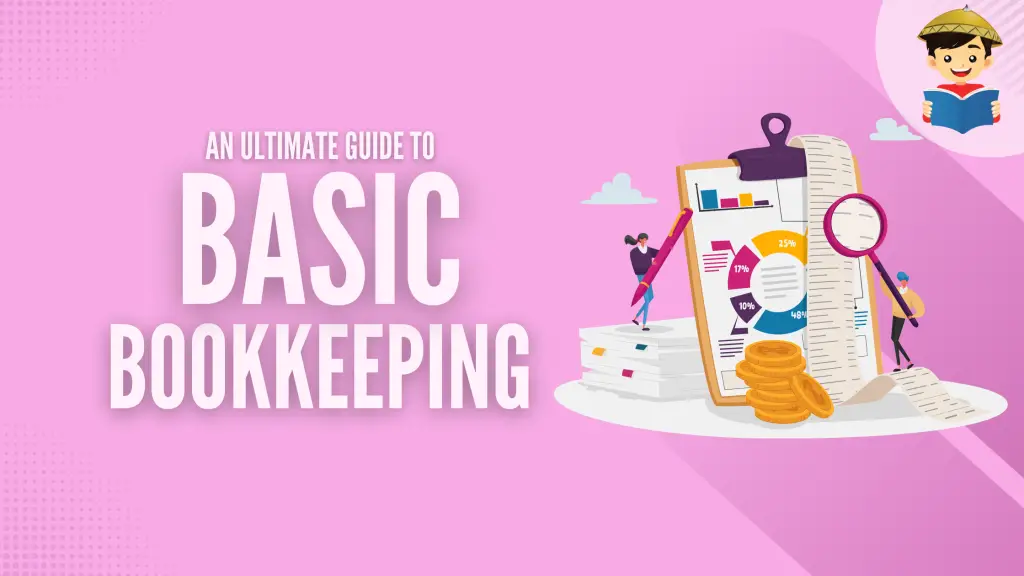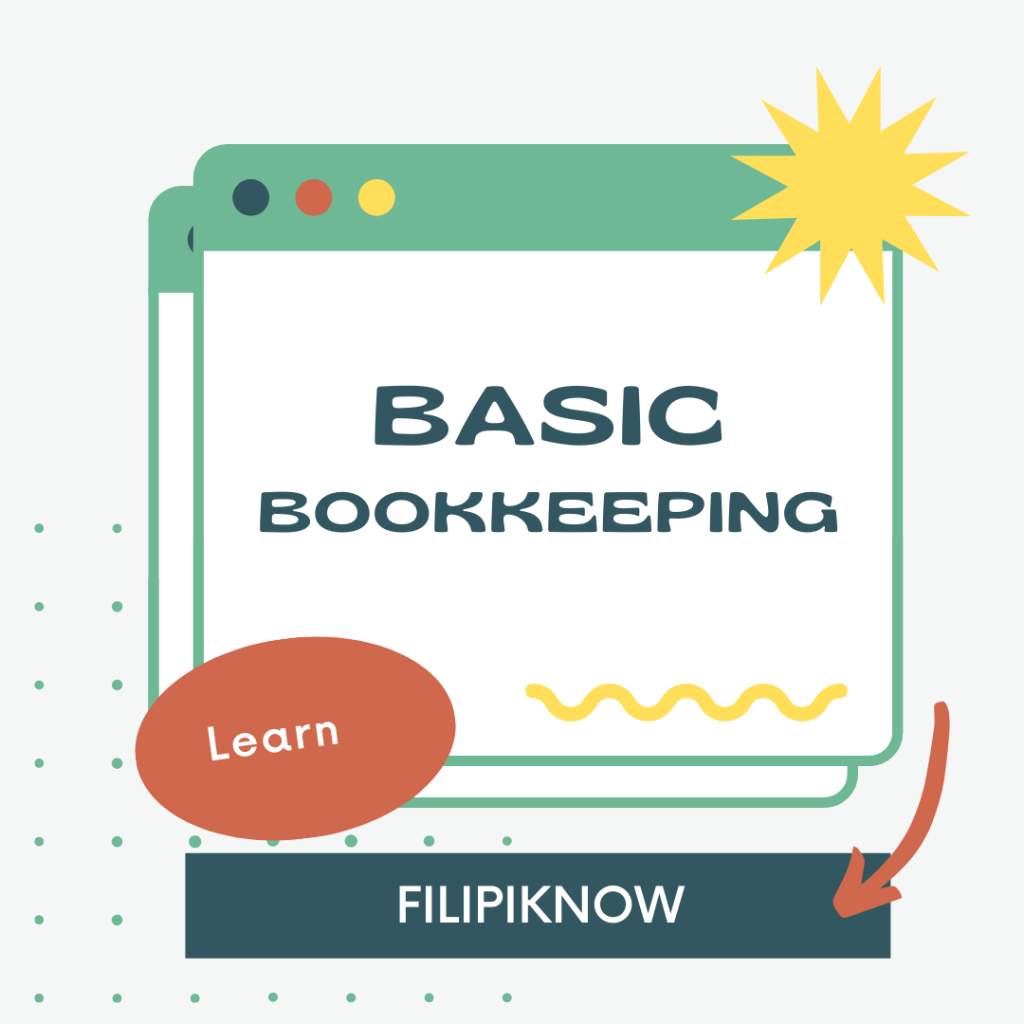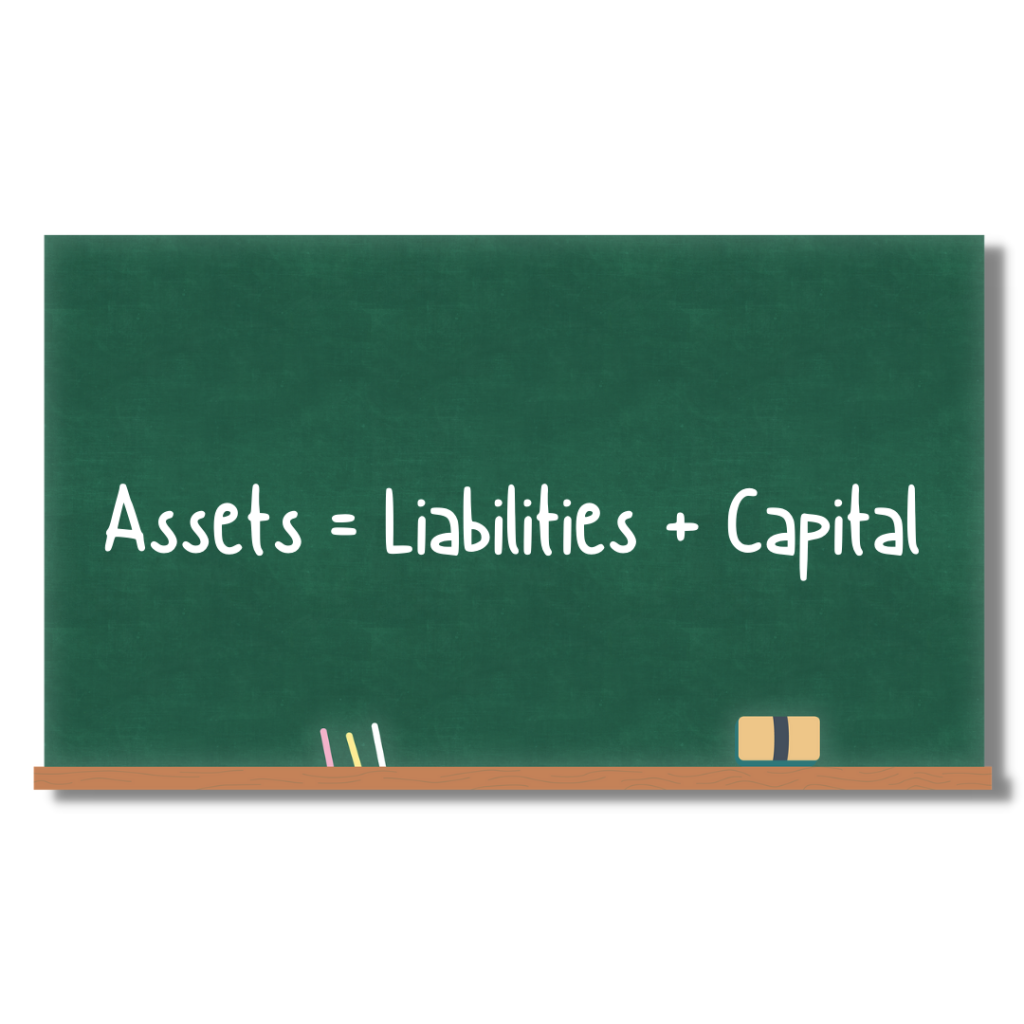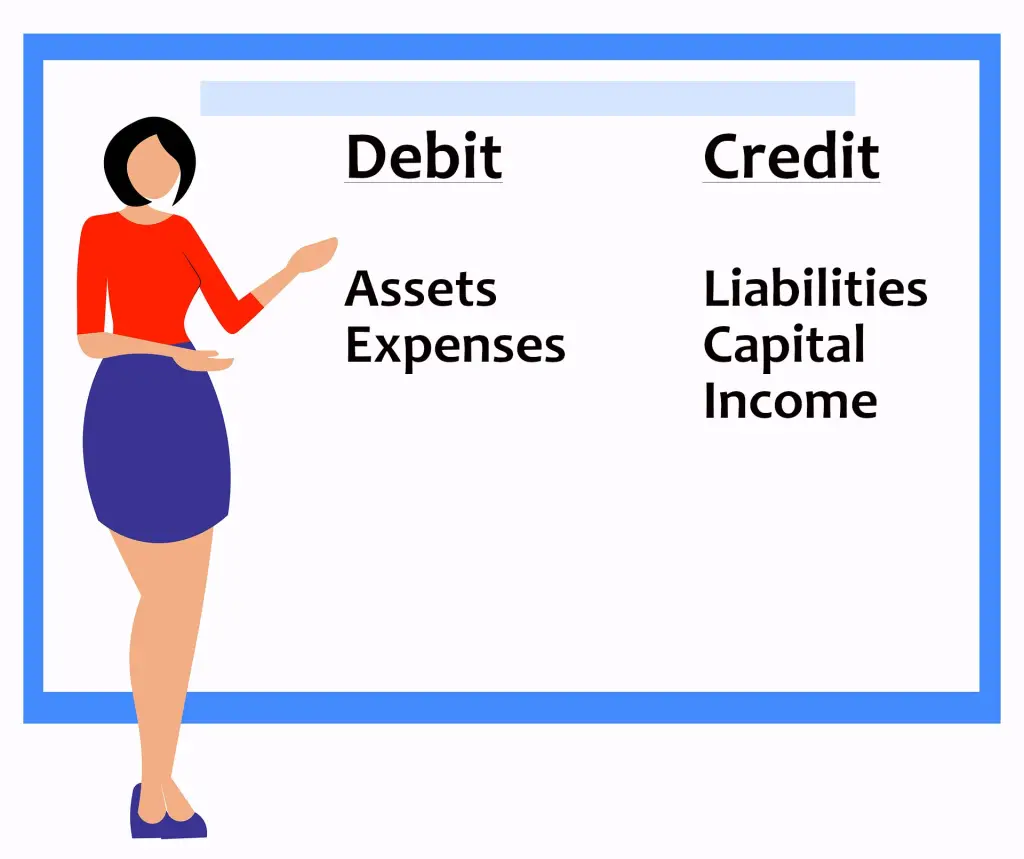How To Do Basic Bookkeeping: A Beginner’s Guide

Have you ever felt like accounting is a very difficult process to learn?
While there are many complex accounting principles, you can always learn the basic accounting concepts you need to help you in your business.
If you have a small business with very simple transactions, you may even learn to record in the books of accounts and not employ a full-time accountant until your business has grown later on. You can also compute for yourself if your business is earning and whether you are paying the correct taxes to the BIR.

Table of Contents
- What Is an Account?
- The Important Equation To Remember in Accounting
- The Natural Side of Accounts
- The Financial Statements
- The Accounting Cycle
What Is an Account?
Let’s start from the very basic definition. An account is a simple representation of what happens to your business. The required BIR books contain various accounts that should represent the following:
1. The things you own (like cash and other properties) otherwise known as Assets
2. The debts you owe to others (like your accounts payable) otherwise known as Liabilities
3. The net condition of your business (after deducting your debts from your assets) otherwise known as your Owner’s Equity or Capital
We can then classify the various accounts into three main categories: Assets, Liabilities, and Capital.
It is very important to know the classification of your accounts so that you can record them properly in the BIR books of accounts. You must also know how these accounts are related to each other and how they increase and decrease.
The Important Equation To Remember in Accounting
The most important equation we must keep in mind in business accounting reflects the balance of the above-mentioned types of accounts.
Here is the simple equation:
Your Assets minus your Liabilities equals your remaining Capital
Assets – Liabilities = Capital or
Assets = Liabilities + Capital

You can try to put it this way. After you pay your debts (Liabilities) using your cash (Assets), what you have left is your remaining Capital for your business.
The Natural Side of Accounts
Based on the equation above, it is important to note that each type of account has a natural side.
Assets are on the left side of the equation or what we can call a Debit. Liabilities and Capital are on the right side of the equation or what we can call Credit.
How Accounts Increase or Decrease
Accounts increase when you place them on their natural side and decrease when placed on the opposite side. Hence, Assets increase when you place them under Debit. Liabilities and Capital increase when you place them under Credit. The reverse happens when you place them on the opposite side.
We need to remember this to properly fill out the books of accounts later on.
What About Income and Expenses?
The easiest way to understand the way income and expense accounts work is to relate them to capital. Remember that your capital signifies your claim to the business.
When your income increases, your capital also increases. They have a direct relationship. Hence, the income also increases when you place it under Credit.
Meanwhile, when your expenses increase, your capital tends to decrease. They have an inverse relationship. Hence, expenses decrease when you place it under Credit.
To better remember the above, it is best to look back at the following summary:
Accounts That Increase Under Debit
Assets
Expenses
Accounts That Increase Under Credit
Liabilities
Capital
Income

Every business should have a Chart of Accounts that lists all the account names and account numbers they use in their books.
Now that you know the most basic concepts, let’s briefly discuss the bookkeeping process. This is also known as the accounting process or the accounting cycle. The end product of this is the company’s financial statements.
The Financial Statements
The basic financial statements reflect the condition of your business. It tells you when you are gaining assets, liabilities, or capital. It also tells you whether you have earned income for a particular period in time.
Balance Sheet
This tells you the condition of your business at a certain point in time e.g., at the end of the year (December 31, 2021). It lists your business’s assets, liabilities, and capital with corresponding amounts.
This is also the reason why the following accounts are called Balance Sheet (real) accounts:
Assets
Less: Liabilities
Capital
They are real accounts because of their permanent nature. They are not closed like the nominal accounts included in the Income Statement.
Income Statement
Your income statement reflects the total income and corresponding expenses your business has incurred over a specific period, e.g., for the first quarter of the year.
The following are therefore known as Income Statement (nominal) accounts:
Income
Less: Expenses
Net Income(Loss)
They are nominal because they are temporary only. After you get the net income for the period, their net effect would either increase or decrease your capital balance.
Cash Flow Statement
Your cash flow shows the beginning and ending balances of your cash account. It also shows your cash inflows and outflows for a particular period of time.
Cash Balance, beginning
Add: Cash Inflows
Less: Cash Outflows
Cash Balance, end
The Accounting Cycle

1. Recording Business Transactions in the Journals
This is the first instance of recording your business transactions in your books of accounts. You record them first in the General Journal and/or other Special Journals.
To record the transaction, you need to find out which accounts are affected and by how much. You also need to know whether the accounts increased or decreased.
An example of a journal entry is when you purchase equipment for your business:
| Debit | Credit | |
| Office Equipment | xx | |
| Cash | xx |
In the above example, you debit office equipment because your equipment has increased. You credit cash because you used your money to purchase the equipment. A decrease in cash is reflected under credit.
2. Posting to the General Ledger
After recording in the Journal, you must summarize your entries by putting them in General Ledger. Each account has a ledger of its own like Cash, Equipment, Accounts Payable, and Capital. Income and Expenses also have ledgers of their own. General Ledger reflects how a certain account has increased or decreased and shows the balance of the said account after all the transactions have been posted.
3. Preparation of Trial Balance
After summarizing each account’s balance at the end of an accounting period, all these balances are taken down to create a Trial Balance. Here is where you list all the ending balances of your accounts.
4. Preparation of Adjusting Entries
When there are errors or certain revisions that need to be made, you should prepare the relevant adjusting entries for them. These are journal entries for the affected accounts.
One example of an adjusting entry is to recognize the part of your office supplies as already used. Credit the prepaid part of your office supplies and debit it to an expense account to recognize that your supplies have already decreased.
| Debit | Credit | |
| Office supplies expense | xx | |
| Prepaid office supplies | xx |
5. Preparation of Financial Statements
When all the balances have been properly adjusted, one can finally prepare the financial statements.
6. Closing the Books of Accounts
Closing entries should be made at the end of the accounting period to transfer the net effect of the income and expense accounts to the company’s capital. Hence, all the income and expense accounts should be closed by making a journal entry in the books. To make the journal entry needed, post the income and expense accounts to their reverse side (debit the income and credit the expense accounts). Use a temporary account called Income and Expense Summary or directly transfer the net balance to your Capital account.
| Debit | Credit | |
| Income | xx | |
| Income and Expense Summary | xx | |
| Income and Expense Summary | xx | |
| Expense | xx | |
| Income and Expense Summary | xx | |
| Capital | xx |
Jocelyn Soriano, CPA
Jocelyn Soriano is a CPA and a previous risk-based auditor for 11 years in a government agency exercising complementary supervision of banks. She graduated Summa Cum Laude with a degree in Accounting. She has published more than 15 books, developed several Android apps and is currently a freelance writer and blogger who is experienced in creating websites, writing SEO-optimized posts, managing newsletter subscriptions, and social media marketing. She is also a poet and dreams of publishing her Filipino epic high-fantasy novel.
Copyright Notice
All materials contained on this site are protected by the Republic of the Philippines copyright law and may not be reproduced, distributed, transmitted, displayed, published, or broadcast without the prior written permission of filipiknow.net or in the case of third party materials, the owner of that content. You may not alter or remove any trademark, copyright, or other notice from copies of the content. Be warned that we have already reported and helped terminate several websites and YouTube channels for blatantly stealing our content. If you wish to use filipiknow.net content for commercial purposes, such as for content syndication, etc., please contact us at legal(at)filipiknow(dot)net
